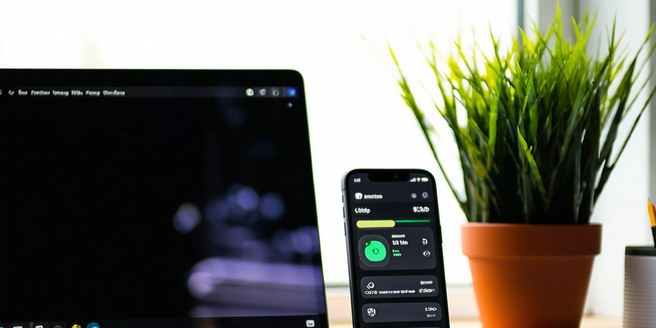Battery Life Optimization Tricks

Understanding Battery Usage Patterns
To optimize battery life, start by comprehensively understanding your device’s battery usage patterns. Identify apps and functions that consume the most power. Tools integrated into most devices can help you analyze usage over time, pinpointing power-hungry applications and peak usage periods. Once identified, consider reducing the frequency of use or finding less demanding alternatives. Awareness of these patterns can guide you in making informed decisions about app usage, balancing convenience with power conservation. Monitoring your battery’s health can also provide insights into how well it retains charge and whether a replacement might be necessary. Education is key, as understanding not just what depletes your battery, but when and how it does so, empowers you to make smarter choices.
Switching to Energy-Saving Modes
Switching your device to an energy-saving mode is an efficient way to prolong battery life. Many devices come with a built-in power-saving option that limits background data, reduces screen brightness, and adjusts performance settings to conserve battery. These modes can be activated automatically at a specific battery percentage or manually, depending on your preferences. In addition to conserving battery, energy-saving modes can also help reduce your device’s overall energy consumption, which is beneficial for both your device and the environment. By reducing non-essential functions such as location services and push notifications, energy-saving modes significantly cut down on battery consumption. It’s an effective strategy for times when charging options are limited, ensuring your device remains operational for longer. Although some features may be temporarily disabled, the trade-off provides essential communication capabilities until recharging is possible.
Managing Background Apps Efficiently
Smart management of background apps can lead to significant battery savings. It’s important to understand how these apps operate in order to take control of them. These programs can silently drain power without alerting users, often updating data or syncing accounts unnecessarily. To manage this, periodically review your device’s settings to determine which apps run invisibly. Prioritize essential apps while disabling or force stopping others from operating in the background. Additionally, consider limiting permissions or opting for manual updates to further reduce background activity. By actively controlling these applications, you can enhance performance and extend your device’s battery life, keeping processing power and energy focused on tasks truly necessary at the time.
Optimizing Screen Brightness and Timeout
One of the most straightforward adjustments to prolong battery life involves optimizing screen brightness and timeout settings. High screen brightness can quickly deplete battery reserves, so manually adjusting this setting in conjunction with enabling auto-brightness can offer a balance between visibility and efficiency. It’s important to consider these settings whenever you update your device software, as updates can sometimes reset them. It’s also beneficial to regularly review app permissions and background activity to ensure they aren’t unnecessarily draining your battery. Automatic timeout should also be set to the shortest practical duration, reducing the time your screen stays active after use. This simple yet effective change can prevent unnecessary battery drain. Additionally, using dark mode helps reduce power usage on OLED screens, further conserving energy by keeping more pixels inactive.
Utilizing Updates for Performance Boosts
Regularly updating your device’s software is crucial for maintaining optimal battery performance. Updates often include fixes that can improve power management, close security vulnerabilities, and enhance overall functionality. These enhancements may lead to better battery efficiency. In addition, keeping your device’s software current can resolve bugs that might otherwise compromise battery longevity. It’s also helpful to periodically review and adjust your device settings to maximize battery life. Set your device to receive automatic updates or routinely check for new versions so you can take advantage of performance tweaks that software developers introduce. Keeping your apps up-to-date ensures they are optimized for the latest operating system, preventing unnecessary battery drain caused by outdated processes. Ultimately, staying current with updates supports long-term battery health and efficiency.